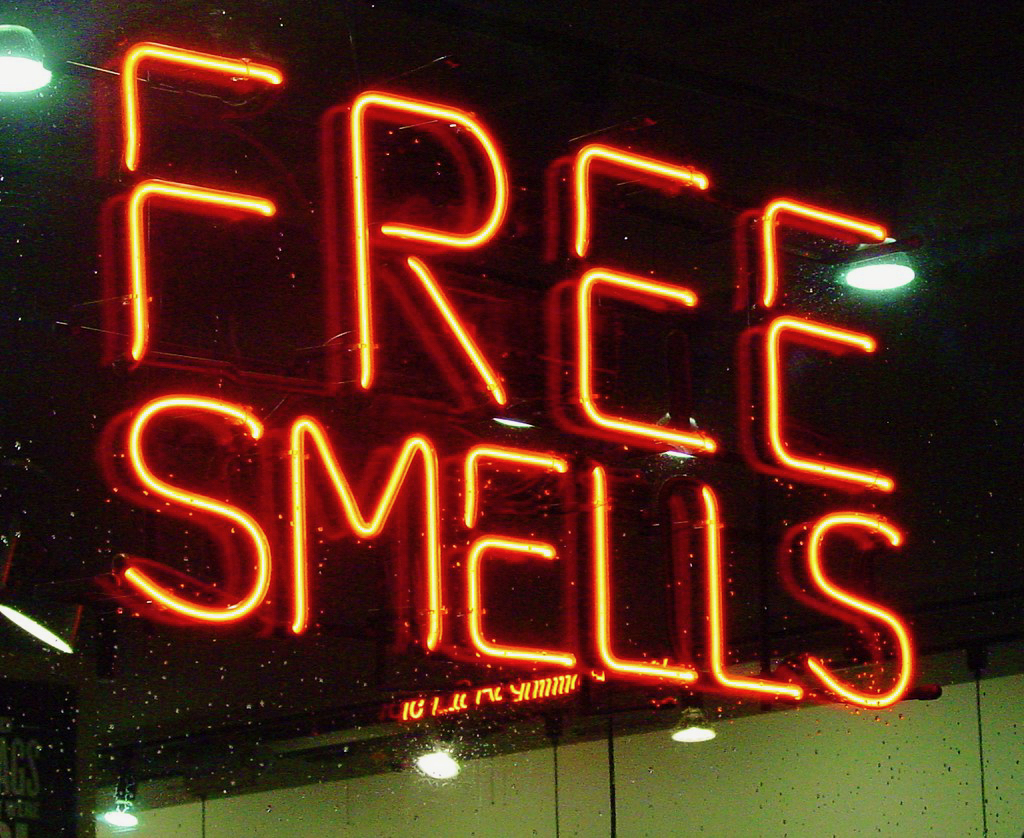Restaurants of the future
Two large restaurant brands asked us to design their restaurants of the future. No rules, no limits to creativity. Areas to address were restaurant design, technology and customer trends. The ideas might seem crazy – they might work, they might not but at least you’re looking forward. If you can get yourself acclimated to being uncomfortable with what you don’t know, you’re doing it right!
What’s Cash?
Obviously there won’t be cash in the future. Will there be human servers? Just imagine – order accuracy could be, well, accurate! Will the restaurant ever close? Will restaurants invest in a physical space or just exist in digital kitchens like oomi? That’s all happening already.
Unbranded food might as well be those jello bricks on the last train car in Snowpiercer.
Ultimately, food without unique, brand-based features or restaurant brands without experiential features will become commodities. A taco made by a robot, delivered by a drone and left on my porch is just a taco. Now, if I ordered a #3 Spicy Chicken Tikka taco in the metaverse, paid for it with cryto currency and it’s delivered to my house in a heated drone every “Taco Tuesday” at 7pm… that’s a brand experience!
If you’re not planning your future now, you’re behind. Reach out, let’s talk about something crazy for your brand!
Are you launching a new product?
As a package designer, I talk to lots of people who are launching new products. Just last week, Ingrid and I tried samples of a hangover remedy, a gluten free brownie and a bbq spice mix. Next week, we get to try a craft beer and two new flavors of gelato.
You are also a consumer!
When I’m talking to new package design clients, I always tell them to go home and look in their pantry. “Ask yourself, what made me buy that product?” Maybe it’s because you grew up with that brand or it promised to solve a specific need or maybe they just bought it because the package was cool. This happens to me all the time. I love food packaging of every kind. You’re a consumer! You are making decisions based on packaging at every single purchase, so – remember that your product package is subject to the same scrutiny.
Like packaging on the catwalk.
Package design is like the ultimate fashion statement for products. Think of it as the stylish outfit that your favorite brand wears to the party of store shelves. It’s the art of creating a visually captivating and functional exterior for a product’s packaging. As a brand designer with a love for clever and edgy packaging, I appreciate how critical packaging is to function, marketing and sensory appeal of a new consumer product.
Nobody will ever try your product if your package can’t compete. Make sure you budget appropriately for professional package design.

Yes, you can own a scent.
Anybody who’s ever walked into an Abercrombie and Fitch knows what I’m talking about. They have a proprietary scent that is probably as recognizable as their logo. Years ago, we were looking at a Darling Homes model home near Houston. That home smelled SO good and SO homey that when we contracted to build, I inquired about it. Turns out, that scent was developed specifically for them. They owned a scent.
I like restaurants that smell good.
Because I work primarily in the restaurant branding business and I’m also a consumer, I’m keenly aware of how important the smell of a restaurant is. Scent is an important part of the customer experience and it works best when it is integrated with the overall branding. Tip for newbies – yes, your restaurant should be clean but it should not smell like cleaning supplies.
Last spring, we were awarded work for the international yogurt franchise, Yogurtland. During the project, we researched scent systems and discovered ScentAir who has been in the business for more than 20 years and has offices on three continents. They work with hotels & resorts, retailers, restaurants, offices, and casinos to name a few.
Our journey to find the perfect scent for the yogurt brand began with a discussion about what emotional connection we wanted to make with customers. The obvious answer is sugar – the ultimate dopamine-delivering scent of something sweet. Since froyo doesn’t really have a specific scent, we selected from samples of baked goods scents like those with vanilla and brown sugar. The scent is delivered via a small unit that plugs in and operates via an app where you can control the frequency and intensity.
I can think of so many brands that I could identify by scent alone – Auntie Anne’s, Starbucks, Subway, Nestle Toll House Cafe, Cinnabon, Burger King, Jimmy John’s (the “Free Smells” neon is genius).
What if packing peanuts smelled like peanuts?!*
If you think your ONLINE brand can’t take advantage – think again. Brands are using scents in their packing materials! Amazon – listen up – there’s opportunity here -ask me about scented ink!
*Would you have to include an allergen warning I wonder…

Recent Comments